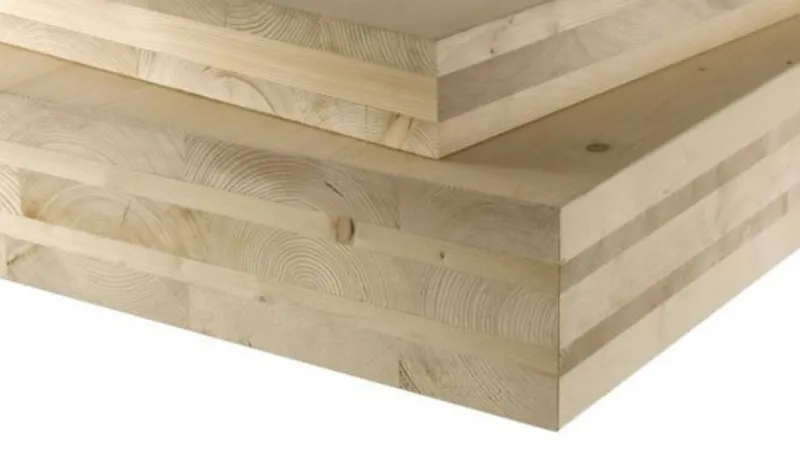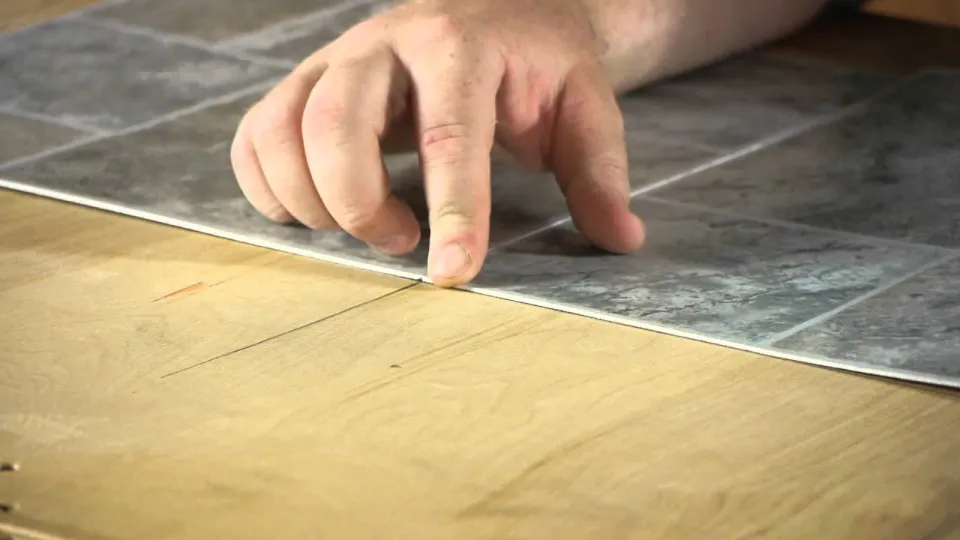What is Cross-Laminated Timber? How is CLT made? What is CLT used for? What are the benefits of CLT?
Cross-Laminated Timber (CLT) is an engineered wood product made of layers of kiln-dried dimension lumber (typically three, five, seven, or nine), oriented at right angles to one another and then glued to form structural panels. The panel provides excellent structural rigidity in both directions by gluing layers of wood at right angles. Double outer laminations may occasionally run parallel rather than crosswise.
Continue reading to find out more.
CLT Basics
Large-scale, prefabricated, solid engineered wood panels made of cross-laminated timber (CLT) are available. CLT is quick and simple to install, producing almost no waste on site, and has superior acoustic, fire, seismic, and thermal performance. It is also lightweight but extremely strong. The low environmental impact of CLT allows for flexible design. Because of these factors, cross-laminated timber is proving to be a very beneficial substitute for traditional materials like concrete, masonry, or steel, particularly in multifamily and commercial construction.
A CLT panel is created by stacking alternating layers of kiln-dried lumber boards, joining them with structural adhesives, and applying pressure to create a sturdy, rectangular panel. CLT panels can be prefinished or sanded before shipping. They have an odd number of layers—typically three to seven. CLT panels are cut to size at the mill using cutting-edge CNC (Computer Numerical Controlled) routers, which can make intricate cuts with high precision. The finished CLT panels are incredibly stiff, strong, and stable and can handle load transfer from all directions.
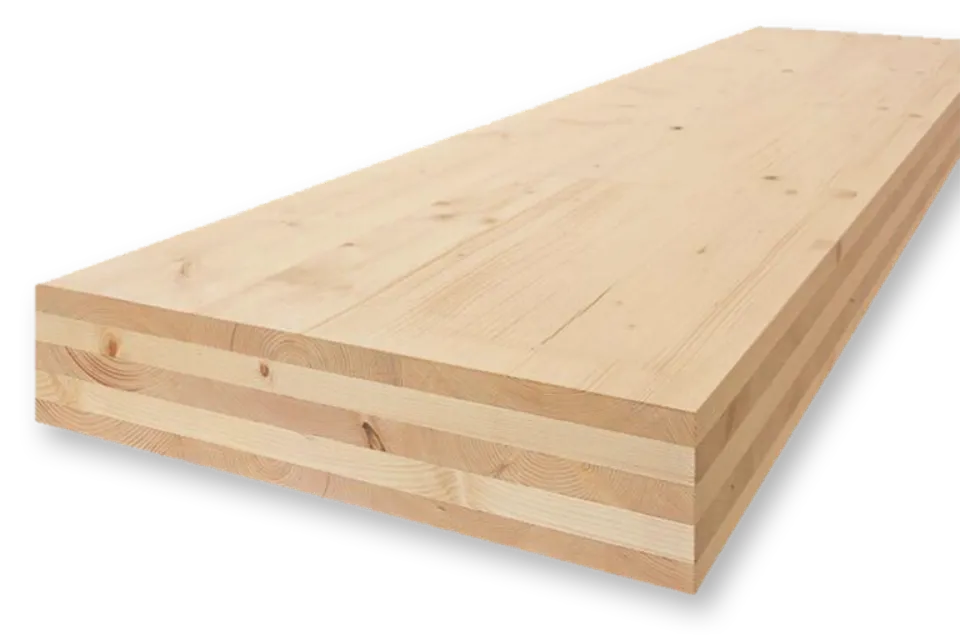
How is CLT Made?
Choosing the right lumber, removing flaws, and cutting it are the first steps in the fabrication of CLTs. Next come the application of adhesive, panel laying, and assembly pressing. Along with finishing up any other prefabrication requirements, panels are cut to size. Prior to delivery to the construction site, the final quality check is conducted. Although CLT panels can be produced in custom sizes, size is typically constrained by transportation needs. CLT is produced in a controlled factory environment and must adhere to strict performance standards. Most CLT panels have predetermined dimensions, shapes, appearances, and machined sections (such as, for example) and are created for a specific application. recesses, holes, slots). BIM and other prefabrication technologies are frequently used in precise fabrication. Similar to other mass timber products, CLT panels can be topped with concrete to form timber concrete composite (TCC), a hybrid system used to reduce cross sections, increase spans and lessen noise transfer and vibrations.
What is CLT Used For?
The walls, roofs, floors, and ceilings of a building can be constructed of CLT as an alternative to concrete. Multistorey taller wood construction benefits most from the use of CLT. This can include pre-insulated wall and roof sections. Additionally, load-bearing elevator shafts and stairs, as well as cantilevered floors and balconies, are used. Almost any type of building, including civic and residential towers, office buildings, and high-rise buildings, can use it. It can be enclosed when necessary or left exposed for aesthetic purposes. To maximize its load capacity vertically, wood in the outer layers of CLT wall panels is typically oriented up and down. Likewise, for floor and roof systems, the outer layers run parallel to the direction of the longer span.
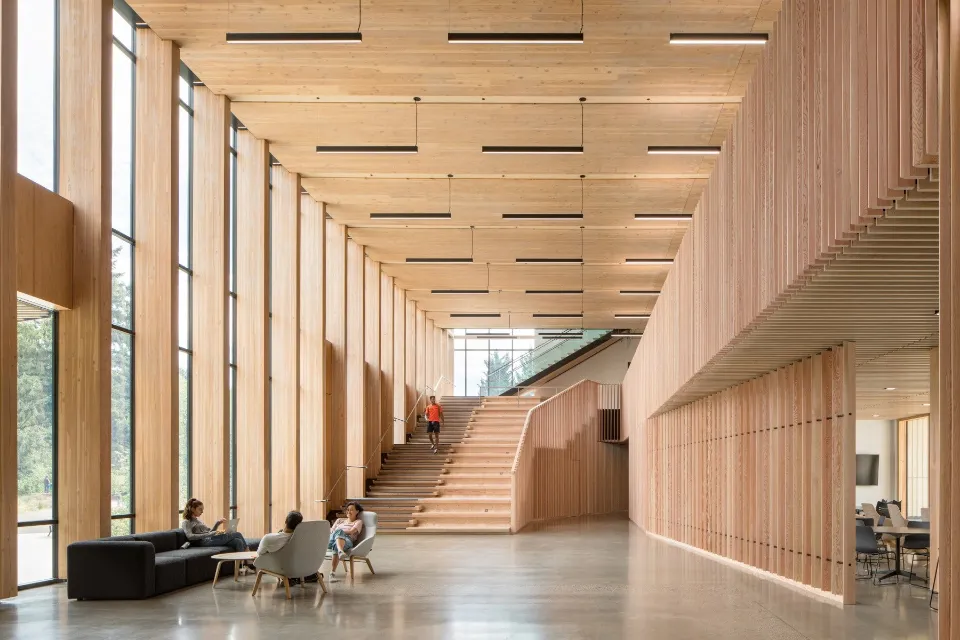
Benefits of Building With Cross-Laminated Timber
Below are the benefits of Cross-Laminated Timber:
Carbon Storage
CLT can store carbon during the life of the building and even capture extra carbon because it is made of wood. In fact, studies have shown that a hybrid, mid-rise CLT commercial building, depending on the building design, provided a 15-26% reduction in global warming potential.
Because wood requires less energy than steel and concrete, the production of CLT produces fewer carbon emissions. Additionally, CLT creates a closed-loop carbon cycle when the wood is sourced from sustainably managed forests.
Forests serve as carbon sinks because trees take carbon dioxide out of the air and use it to make wood through photosynthesis. When trees are cut down and used to construct buildings, they continue storing carbon in the structure.
If a landowner replaces every tree that is cut down with one or two new trees, the new growth will begin a new cycle of carbon sequestration that will last until the trees are harvested and used as CLT panels in a building.
Fire Resistance
When exposed to fire, CLT behaves like a big log on a campfire because the thick panels burn slowly enough to keep buildings structurally sound for a long time.
As the surface of a CLT panel is exposed to fire, it becomes a black layer of “char.” This layer serves as insulation, preventing a significant temperature increase in the panel’s unburned core.
The building code requirements for taller wood structures require that CLT be encased in a fire-resistant layer of drywall in order to provide additional fire protection.
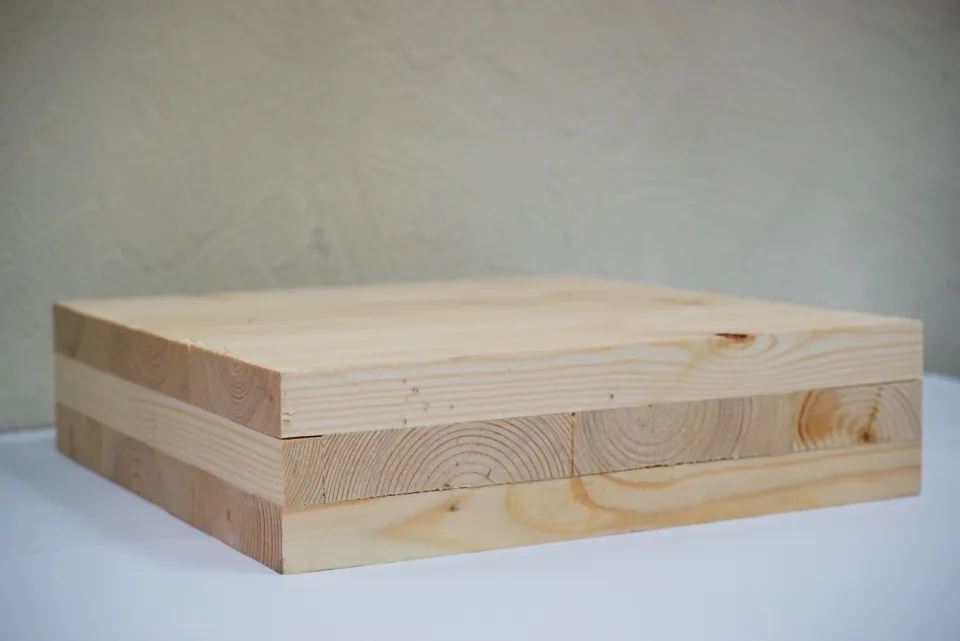
Seismic Durability
Additionally, compared to buildings made entirely of steel or concrete, a CLT structure is less likely to collapse severely on occupants during an earthquake because of its lightweight frame.
In 2007, a joint Italian-Japanese research team tested a seven-story CLT building on a “shake table.” The 1995 Kobe earthquake in Japan, which resulted in the destruction of more than 50,000 buildings, was found to be able to withstand its seismic forces.
In some applications, such as a floor in a tall building, the flexibility of wood is a limitation that can be overcome with the addition of one or two inches of concrete that will “stiffen” the structure, according to Kelley.
Faster Installation
Concrete installation requires the use of formwork, shoring, and steel rebar for reinforcement. Contrarily, a construction team can crane prefabricated panels into place, install connectors, and then bind the parts together using CLT.
The CLT can be put together layer by layer, making installation relatively simple. This is a huge advantage if you’re building in an urban area where you might have to close the street for a year or more.
Not only do you save money by shortening the construction period, but you also maintain community harmony.
Job Creation
Data from the Bureau of Labor Statistics shows that American manufacturing has already lost 7.5 million jobs since 1969. Through the use of CLT, the manufacturing sector in the area can support jobs in the construction sector.
Several tree species, some of which are managed for timber production, can be found in privately owned forests in the Southeast and the Pacific Northwest and used to make CLT panels.
After being cut, the trees are taken to nearby sawmills and factories for processing. The sustainability cycle is completed at the same time by replanting the harvested forests.
Long-distance imports or shipping are both possible for steel and concrete. As this sector of the economy grows, the lumber should be delivered to construction sites from a mill that is just 50 to 100 miles away.
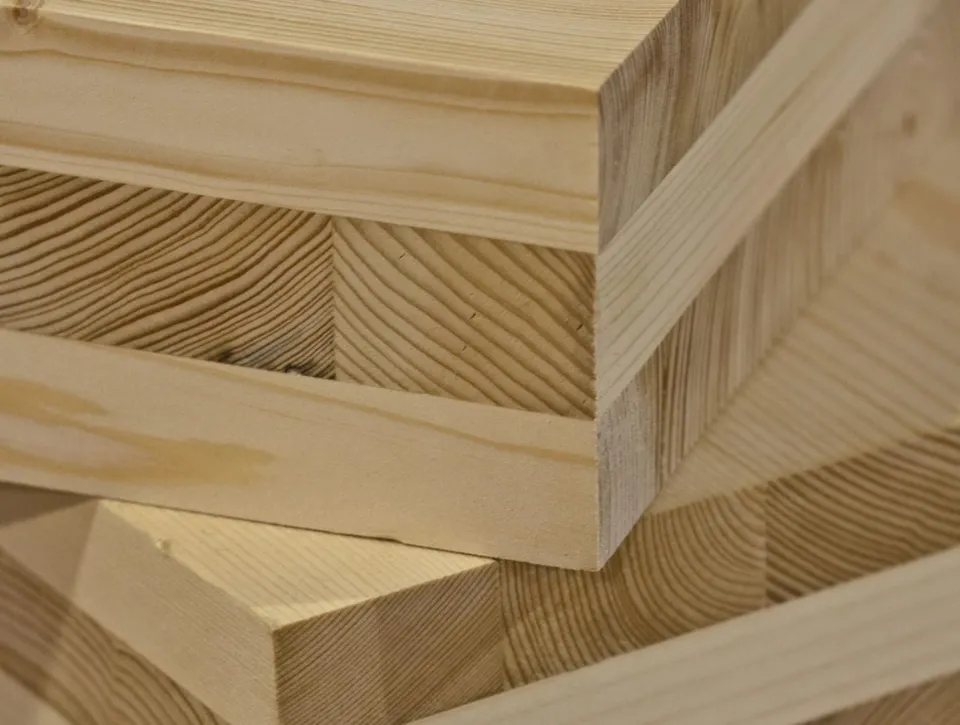
FAQs
What Are the Disadvantages of Cross-laminated Timber?
- Compared to steel or concrete, CLT is more expensive.
- Height limitations for timber buildings under the codes.
- Costs of electrical, plumbing and other services can increase (no wall cavities)
- Costs for architecture and design may increase.
- A higher material transportation cost (relatively few manufacturing plants)
What is Cross-laminated Timber Made Of?
A CLT panel consists of several layers of kiln-dried lumber boards stacked in alternating directions, bonded with structural adhesives, and pressed to form a solid, straight, rectangular panel. CLT panels can be prefinished or sanded before shipping and have an odd number of layers (typically three to seven).
What is the Difference Between Cross-laminated Timber and Plywood?
Layers of wood (referred to as “laminae”) are adhered together to create plywood and laminated wood. The basic difference is that in plywood the grain of alternate layers is crossed, in general at right angles, whereas in laminated wood it is parallel.
Is Cross Laminated Timber Good?
CLT is a strong, tough, light-weight material with good performance in an earthquake, according to The lightweight frame of a CLT structure makes it less likely than a structure made entirely of steel or concrete to collapse heavily on occupants during an earthquake, Kelley.
Summary: What Is-Cross Laminated Timber?
The material is made up of lamellas (or planks) of sawn, adhered, and layered wood, with each layer being perpendicular to the one before it. By joining layers of wood at perpendicular angles, structural rigidity for the panel is obtained in both directions, similar to plywood but with thicker components. The panel has a high tensile and compressive strength as a result.
It is a sustainable material because it is made of wood, a resource that can be replenished (typically through reforestation), and because its production doesn’t require the burning of fossil fuels. It has been used as infrastructure and support in large construction sites, as forms for pouring concrete into bridges, and even as bases for tractors in rocky terrain during the construction of dams. Because of its intriguing appearance and structural strength, its potential for small constructions has been noted. Even skyscrapers are being constructed right now using CLT components.
If you have any questions, please leave a comment. My Prime Home tries to give you the best home improvement information. Don’t forget to share the post. Thank you for reading.
